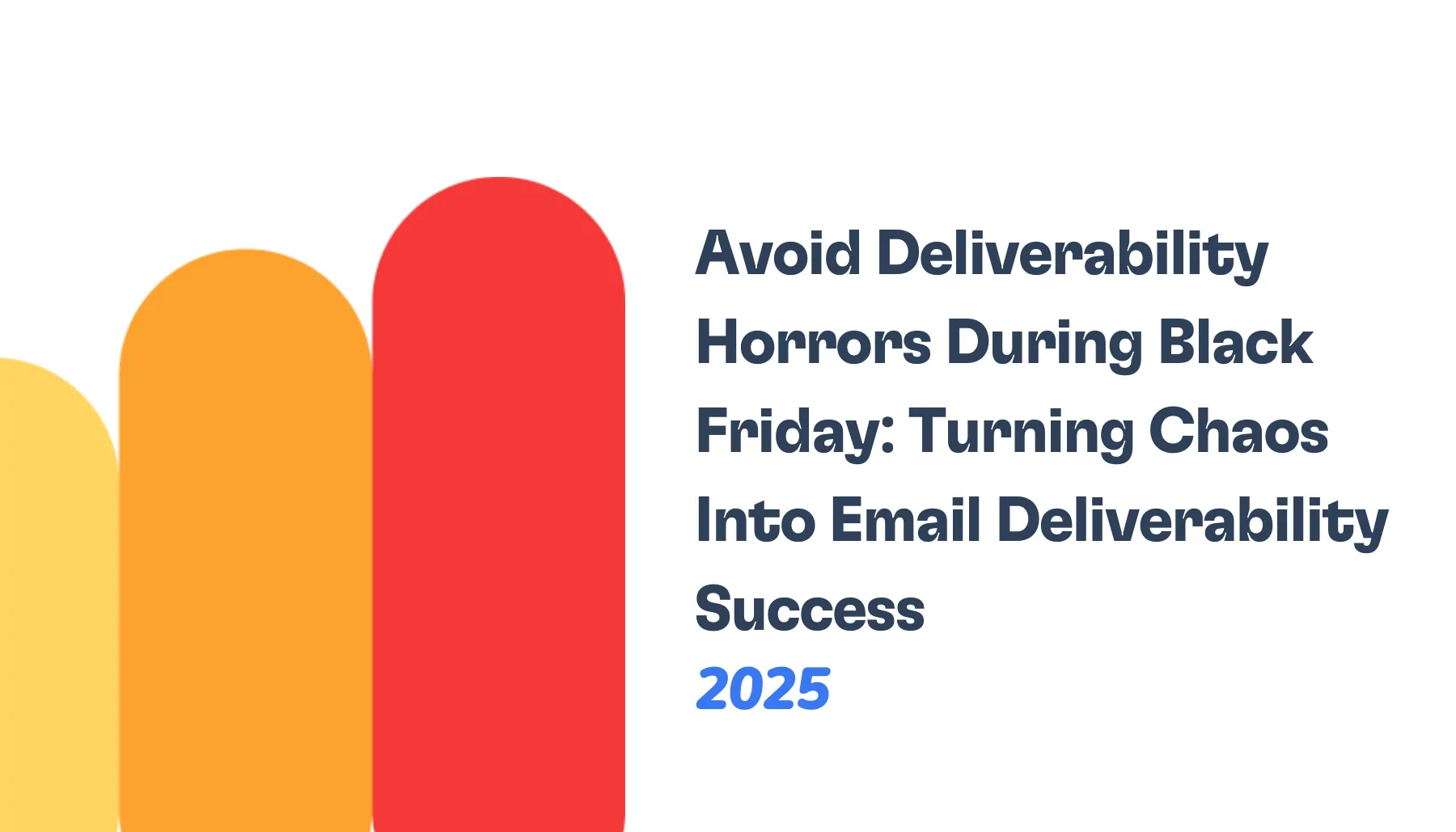Ever received an email that you eagerly opened, only to find out it’s an unsolicited ad? Or perhaps you’ve been on the receiving end of a genuinely helpful newsletter from a brand you love? These scenarios highlight the thin line between email marketing and spam. Let’s dive deep into understanding the differences.
Introduction to email marketing and spam
What is Email Marketing?
Email marketing is a strategic method of reaching out to potential and existing customers through emails. It’s about sending the right message to the right people at the right time. From newsletters to promotional offers, email marketing aims to build a relationship with the audience and drive conversions.
What is Spam?
Spam, on the other hand, is unsolicited bulk emails sent to a large number of recipients without their consent. Often irrelevant or inappropriate, these emails can be annoying and can harm the sender’s reputation.
Key differences between email marketing and spam
Purpose and Intent
Email marketing is purpose-driven. Brands use it to inform, engage, and convert their audience. Spam, conversely, is often sent with the intent of scamming the recipient or promoting irrelevant content.
Target Audience
Email marketing targets a specific audience, often segmented based on preferences, behaviors, or demographics. Spam is sent indiscriminately, without considering the recipient’s interests.
Content Quality
Quality content is the hallmark of email marketing. Brands invest time in crafting meaningful messages. Spam lacks this effort, often being poorly written and irrelevant.
Frequency and Timing
Effective email marketing respects the recipient’s time, sending emails at optimal times and at a frequency that doesn’t overwhelm. Spam emails are sent repeatedly, without any pattern or consideration.
Benefits of email earketing
Building Customer Relationships
Email marketing fosters a bond between brands and customers. Regular, valuable content can turn a casual subscriber into a loyal customer.
ROI and Conversion Rates
With the right strategy, email marketing can offer a high return on investment (ROI) and boost conversion rates.
The downsides of spam
Damage to Brand Reputation
Sending spam can tarnish a brand’s image, making recipients less likely to engage with any future communications.
Legal Consequences
Many countries have strict laws against sending spam. Violators can face hefty fines and legal actions.
How to differentiate your emails from spam
Best Practices for Email Marketing
✅ Obtain explicit consent before sending emails.
✅ Provide an easy opt-out option.
✅ Personalize your emails.
✅ Monitor engagement metrics and adjust accordingly.
Maximize your email impact with Warmy - avoid the spam folder!
Don’t let your important emails get lost in the abyss of spam folders. Choose Warmy, the ultimate email warm-up tool, and ensure your messages reach their intended inboxes every time. With Warmy, you’re not just sending emails, you’re securing their destination. Say goodbye to being marked as spam and hello to effective communication. Start with Warmy today and experience the difference in your email deliverability. Click here to begin your journey towards successful email outreach!
Conclusion
While both email marketing and spam use emails as a medium, their intent, approach, and impact are vastly different. By understanding these differences and adhering to best practices, brands can effectively use email marketing to their advantage while steering clear of the pitfalls of spam.
FAQ
How can I ensure my emails don't end up in the spam folder?
Ensure you have the recipient's consent, use a reputable email service provider, and avoid spammy words in your subject line.
Is buying email lists a good idea?
No, it's better to build your list organically to ensure genuine interest and avoid spamming.
How often should I send marketing emails?
It varies based on your audience and content, but it's essential to find a balance to avoid overwhelming your subscribers.
What is the best time to send marketing emails?
Typically, mid-week mornings work best, but it's crucial to test and see what works for your audience.
Can I face legal action for sending spam?
Yes, many countries have strict anti-spam laws, and violators can face legal consequences.












